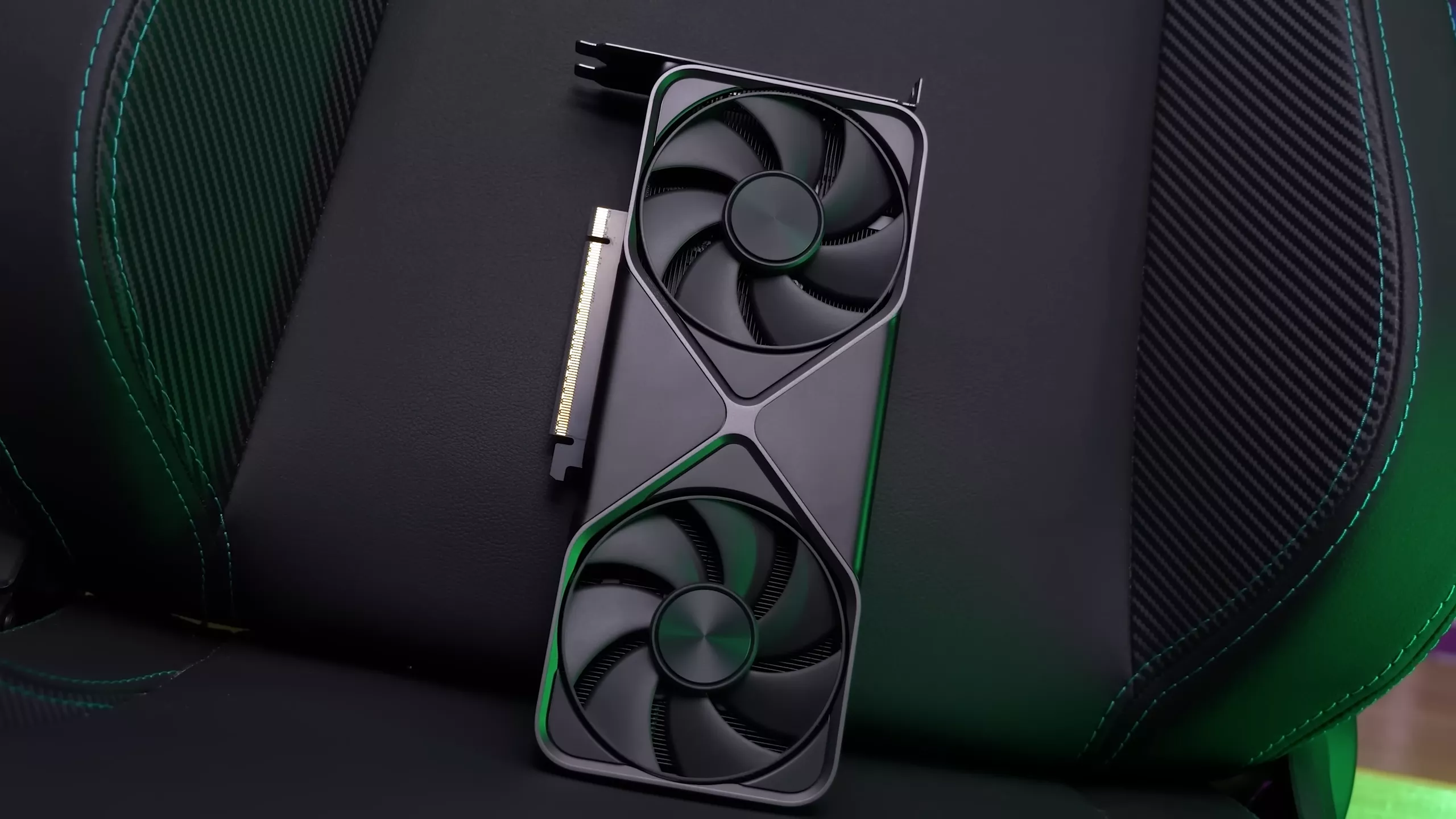Here I've put together a quick table showing how weak the above article is. In general the size of the dies varied little from 760, the 2060 and 4060 are the points outside the curve. Normalizing for inflation, prices are also almost unchanged while all development and wafer costs have increased, at some point low end GPUs will disappear because they are unviable. AIBs have to make money, retailers have to make money. It's not viable.
The performance you're looking for is in the die space now dedicated to RT and ML, without which all chips would be around 20% faster without increasing die size or price. Mystery solved.


